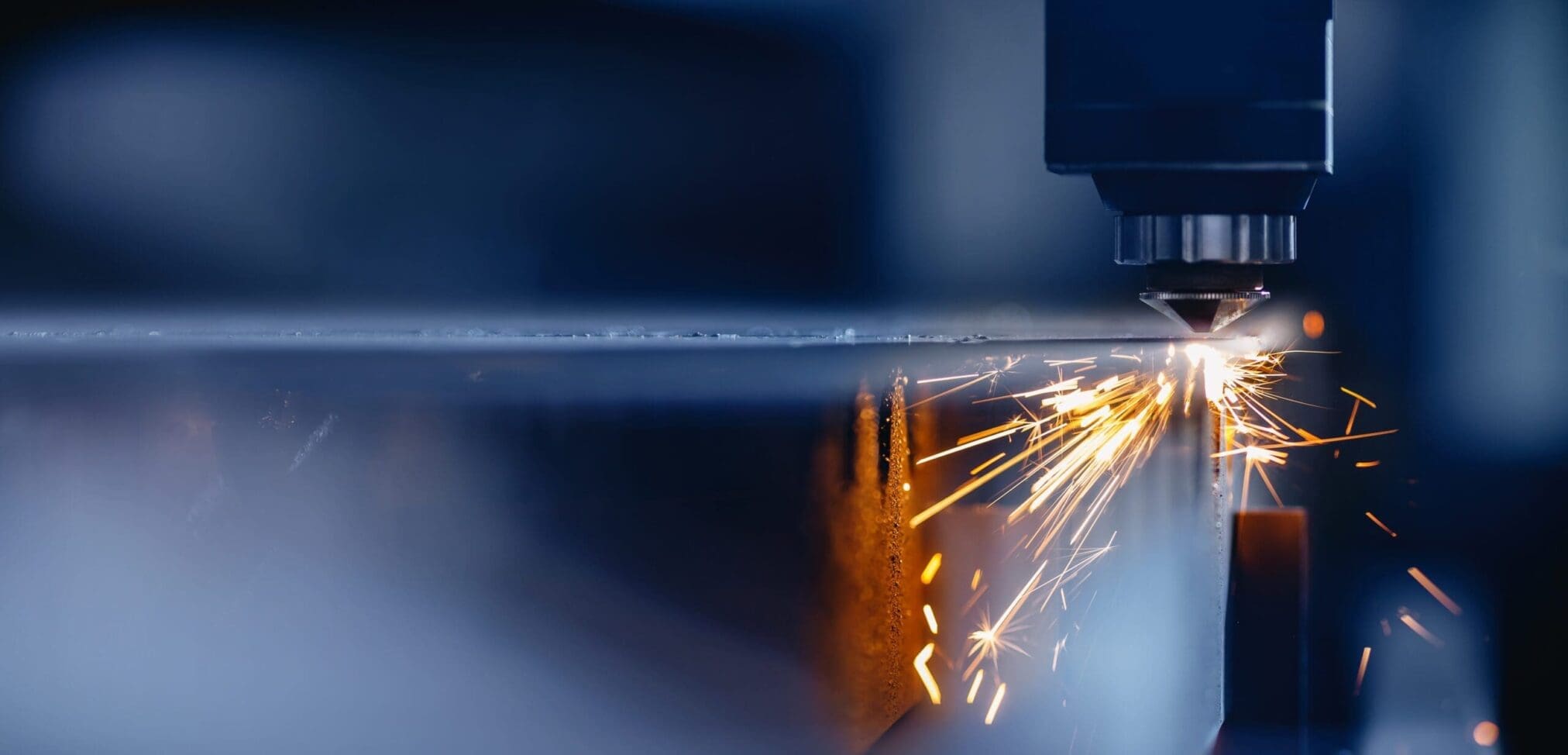This edition of the Obelis Blog takes a close look at the Rapid Alert System, RAPEX – what it does, who can use it, how it works and why it is important for cosmetic products manufacturers.
What is RAPEX?
- RAPEX is a Rapid Alert System created for the rapid exchange of information between EU Member States and the European Commission on the measures taken to prevent or restrict the marketing or use of products that pose a serious risk to the health and safety of consumers.
- RAPEX covers only non-food products such as cosmetics, toys, textiles and fashion items, electrical appliances, motor vehicles, childcare articles and lighting equipment.
- Along with the EU Member States, Iceland, Liechtenstein and Norway are also part of the RAPEX system.
Who has access to RAPEX?
- RAPEX can be accessed by anyone with an internet connection
- It is a free of charge database
- The European authorities are the only ones who may upload information in the system
How does RAPEX work?
- Following mainly in market controls, information about the non-food products found unsafe are uploaded by the EU Member States to the RAPEX system
- A report is published every Friday stating the following: information on the product, the identified risk and the measures that were taken in the notifying country. Both measures ordered by National Competent Authorities or taken voluntarily by producers and distributors are reported
- Since 2010, the RAPEX system also applies to the professional use of products that pose a serious risk to the health and safety of professionals as well as the environment and security.
What happened in RAPEX in 2014?
In 2014, nearly 2,500 products, from toys to motor vehicles, were either stopped before they entered the EU or removed from markets because they were found dangerous for the consumers. Among these are 74 cosmetic products. There were 2,755 follow-up actions registered in the RAPEX System.
Toys (28%) and clothing, textiles and fashion items (23%) were the two main product categories for which corrective measures had to be taken. Among the most frequently notified risks caused by these products were risk of injury, chemical risks and choking.
China remains the number one country of origin in the RAPEX Alert System. Last year, 64% of the total number of notifications on dangerous products related to products coming from China, the same as in 2013.
The RAPEX 2014 in numbers:
- 2,435 notifications- an increase of 3% compared to 2013.
- 2,755 follow up actions
- The most frequently notified product categories were:
– Toys: 650 notifications
– Clothing, textiles and fashion items: 530 notifications
– Electrical appliances and equipment: 217 notifications
– Motor vehicles: 194 notifications
– Childcare articles and children’s equipment: 81notifications
– Lighting equipment: 79 notifications
– Cosmetic products: 74 notifications
What do I need to consider?
Placing unsafe cosmetic products on the EU market may lead to them appearing in the RAPEX system – a powerful tool of negative publicity to which everyone has access. Furthermore, the products may be restricted from the market.
Therefore, every cosmetics manufacturer planning to place products on the EU market should consult with its EU Responsible Person and ensure that only safe and compliant cosmetic products with the Regulation 1223/2009/EC are placed on the EU market.
With more than 25 years of regulatory experience, it will be our pleasure to help and advice you regarding the safety of cosmetic products and compliance with EU legislation. Please contact us at mail@obelis.net


